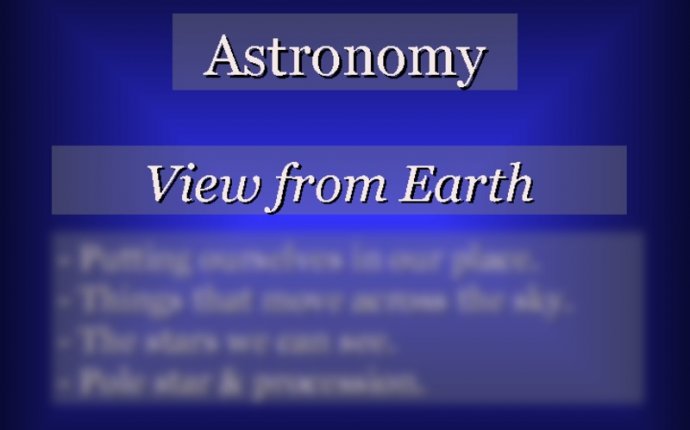
Astronomy A Beginners Guide to the Universe
MasteringAstronomy from Pearson is the leading online homework, tutorial, and assessment system, designed to improve learning outcomes by engaging students with powerful content. Instructors ensure students arrive ready to learn by assigning educationally effective content before class, and encourage critical thinking and retention with in-class resources such as Learning Catalytics™. Students can further master concepts after class through homework assignments that provide interactivity, hints, and answer-specific feedback. The Mastering gradebook records scores for all automatically graded assignments in one place, while diagnostic tools give instructors access to rich data to assess student understanding and misconceptions.
Mastering brings learning full circle by continuously adapting to each student’s style and pace of learning, making learning more personal than ever—before, during, and after class.
New chapter-opening images reflecting the latest astronomical discoveries.
Updated astronomical imagery throughout.
Streamlined art program providing more direct and accurate representations of astronomical objects.
Increased use of annotations to clarify figure content.
Updates in Chapter 3 on the Hubble Space Telescope and its successor, the James Webb Space Telescope; new material on new very large ground-based telescopes now under construction.
New imagery throughout from the recently completed ALMA interferometric array.
Updated coverage in Chapter 4 of the Dawn mission to asteroids Vesta and Ceres and the Rosetta mission to comet 67 P/Churyumov–Gerasimenko.
Updates in Chapter 4 on exoplanet properties, with a new focus on Earths and super-Earths; revised discussion of habitable zones and Earth-like worlds.
Updates on global CO2 levels and global warming in Chapter 5.
Updated data in Chapter 5 on lunar interior structure following the LCROSS and GRAIL missions; new Lunar Reconnaissance Orbiter imagery of lunar surface features.
Updated discussion in Chapter 6 of Mercury’s surface and internal structure in light of the findings of the Messenger probe.
Updated discussion of Mars in Chapter 6, including results from the Curiosity mission.
Updates in Chapter 7 on storm systems on the outer planets, Jupiter’s shrinking Great Red Spot, and Saturn’s polar vortices.
New Discovery feature in Chapter 7 on solar system exploration.
Updated discussion in Chapter 8 of Ganymede’s magnetism, subsurface water, and aurora; updated material on Enceladus and its internal ocean.
New material and rewritten discussion in Chapter 8 of the Pluto system following the New Horizons flyby; updated discussion of trans-Neptunian objects.
New higher-resolution Solar Dynamics Observatory imagery in Chapter 9 of the corona, sunspots, and coronal mass ejections.
Improved diagrams and updated discussion of the sunspot cycle in Chapter 9.
Updated text and ALMA imagery on star-forming regions in Chapter 11.
New supernova imagery and discussion in Chapter 12.
Updated discussion in Chapter 13 of gamma-ray bursts and hypernovae.
New art added to the discussion of Special Relativity in More Precisely 13-1.
Updated discussion in Chapter 14 of Milky Way formation.
Updated discussion in Chapter 14 of stellar orbits around the central supermassive black hole.
New discussion in Chapter 14 of energetic outflows from the Galactic center.
Updated discussion in Chapter 16 of hot gas in galaxy clusters.
New discussion in Chapter 16 of the star formation history of the universe.
Updated discussion in Chapter 16 of galactic cannibalism.
Integrated treatment in Chapter 16 of tidal streams in the Milky Way.
Updated discussion in Chapter 17 of the cosmic microwave background; new discussion of acoustic oscillations and their relevance to cosmology.











